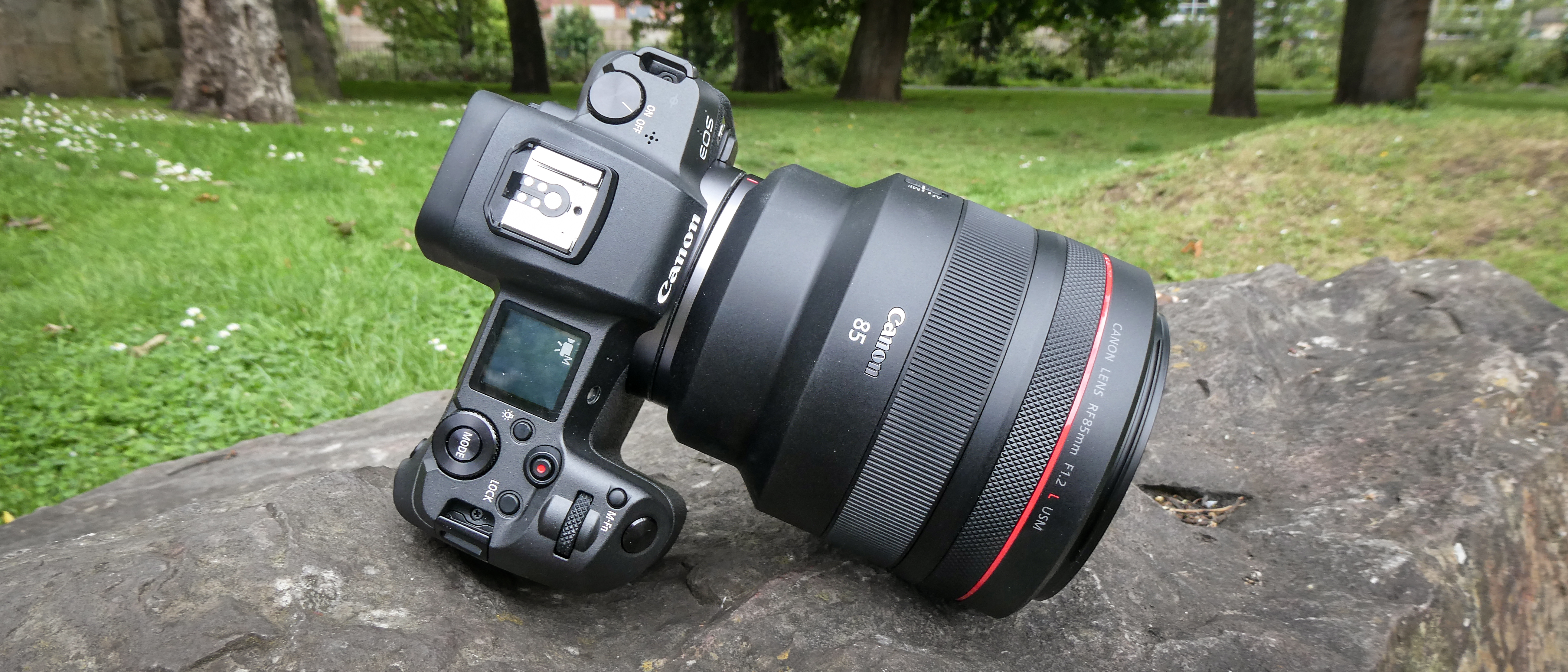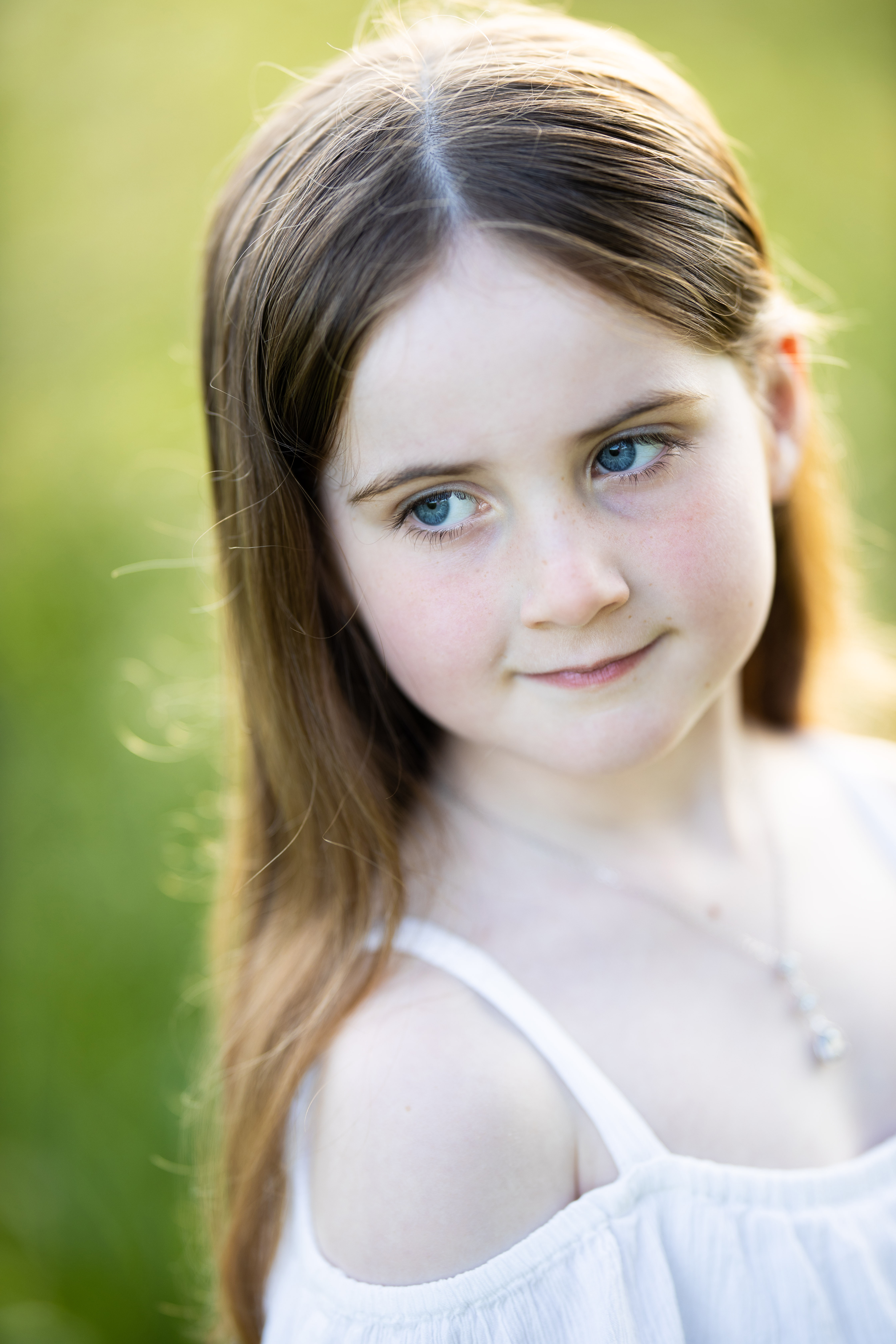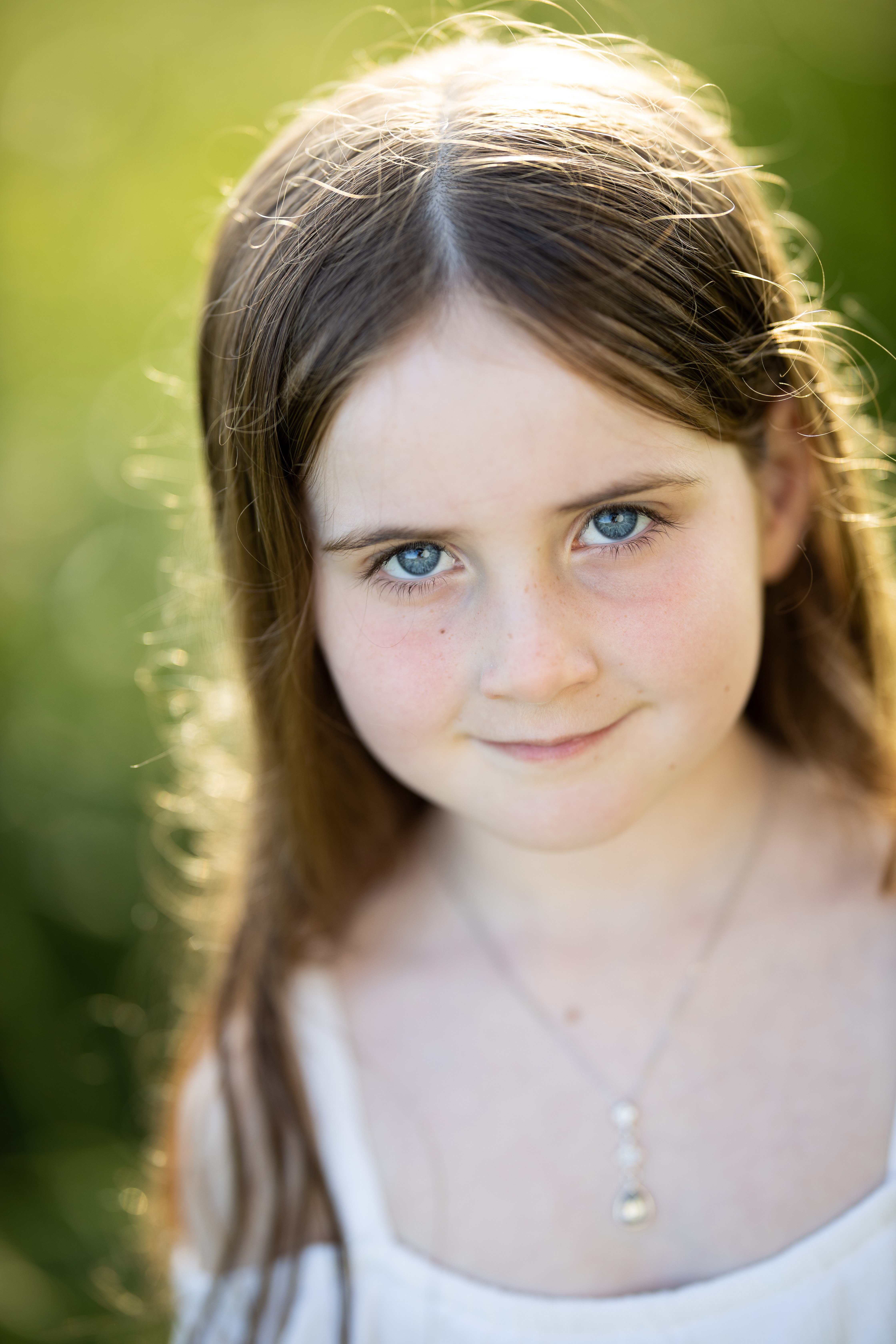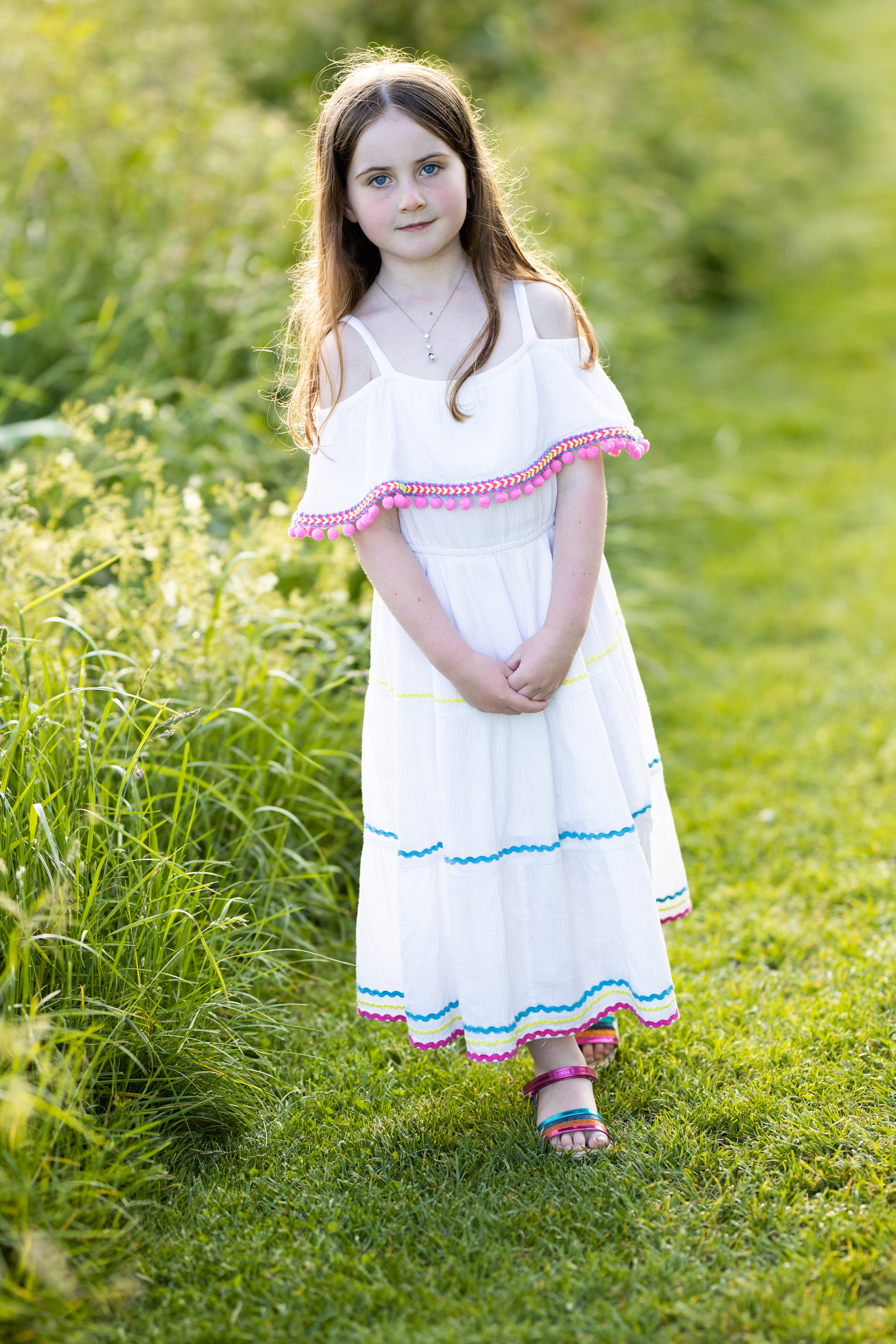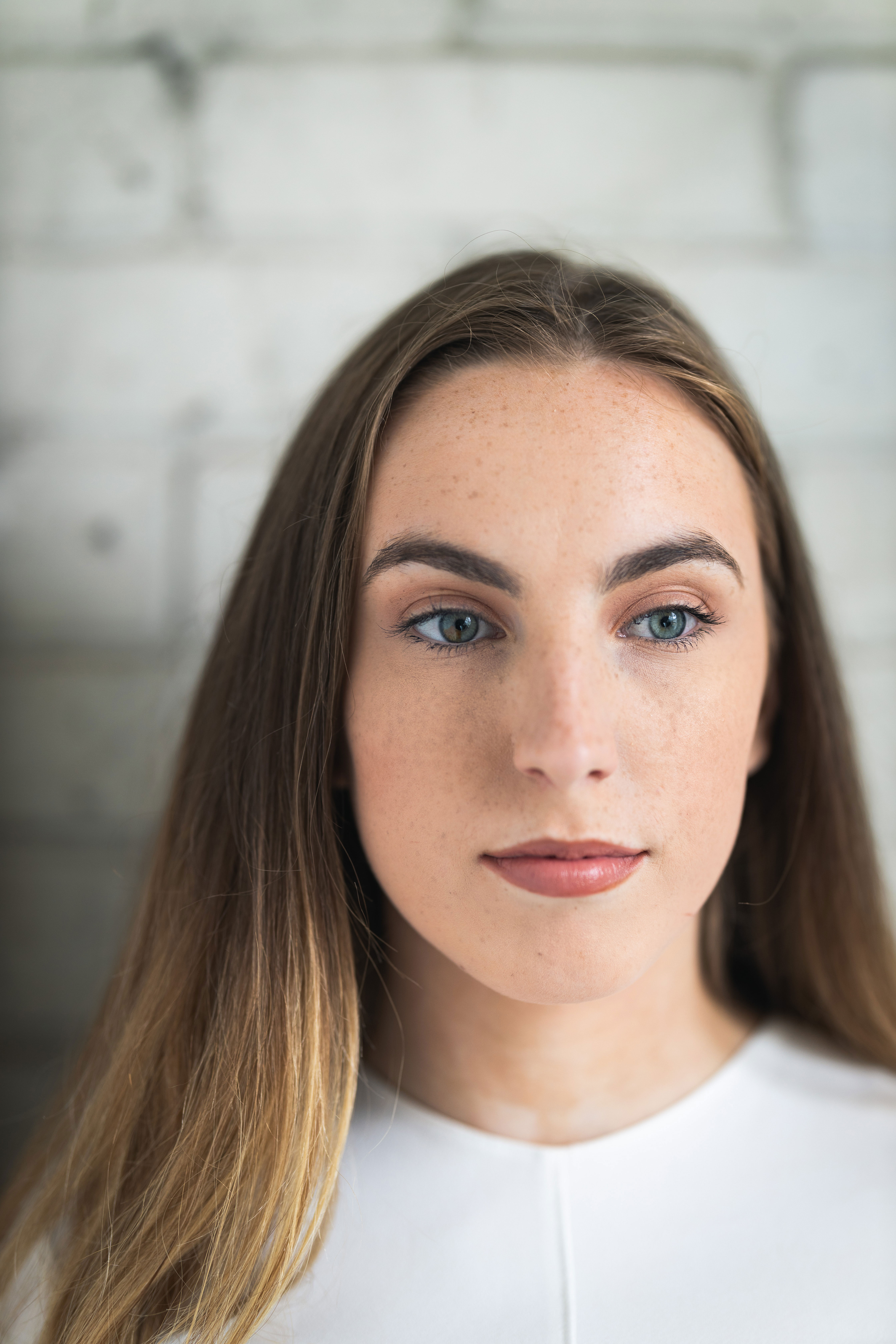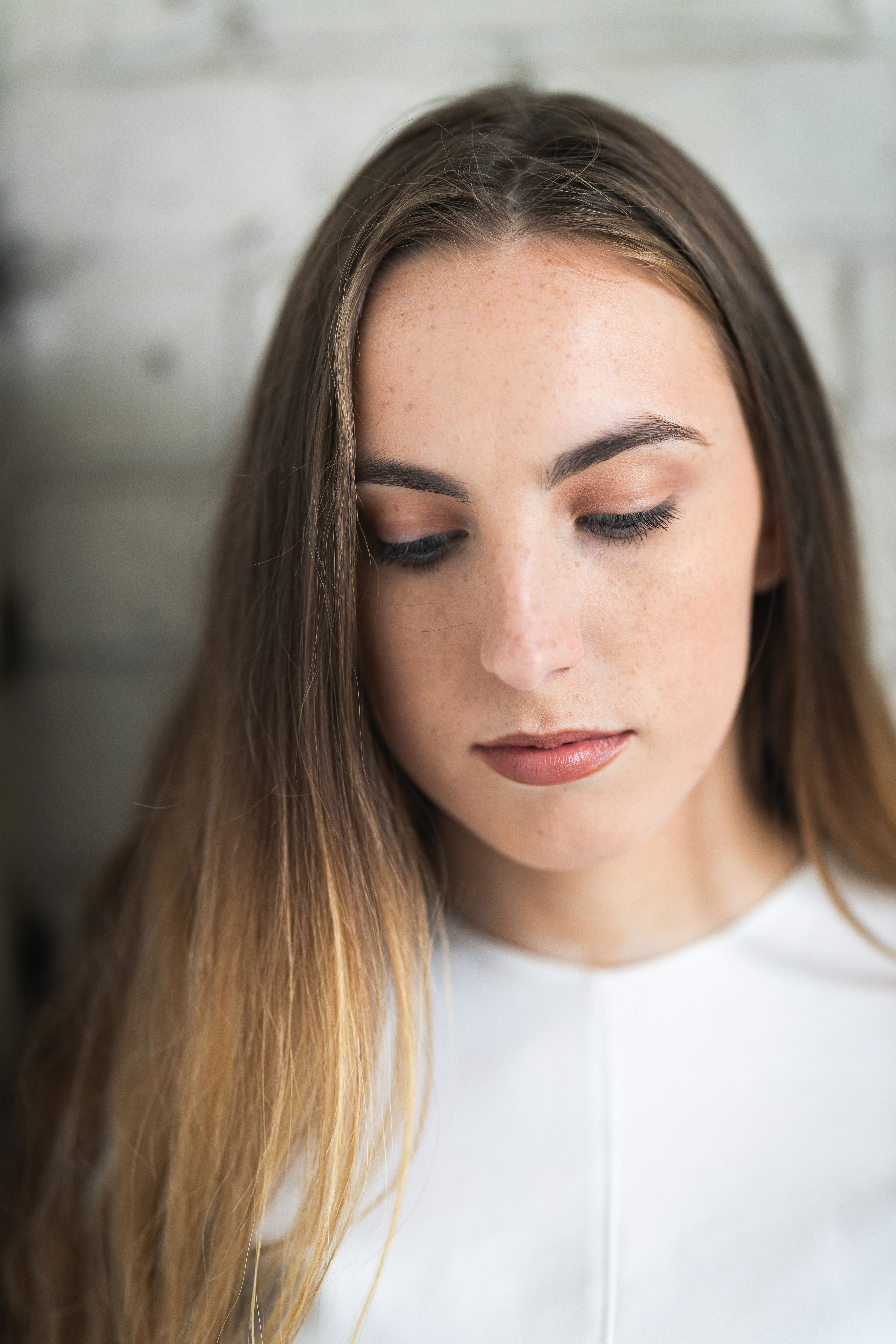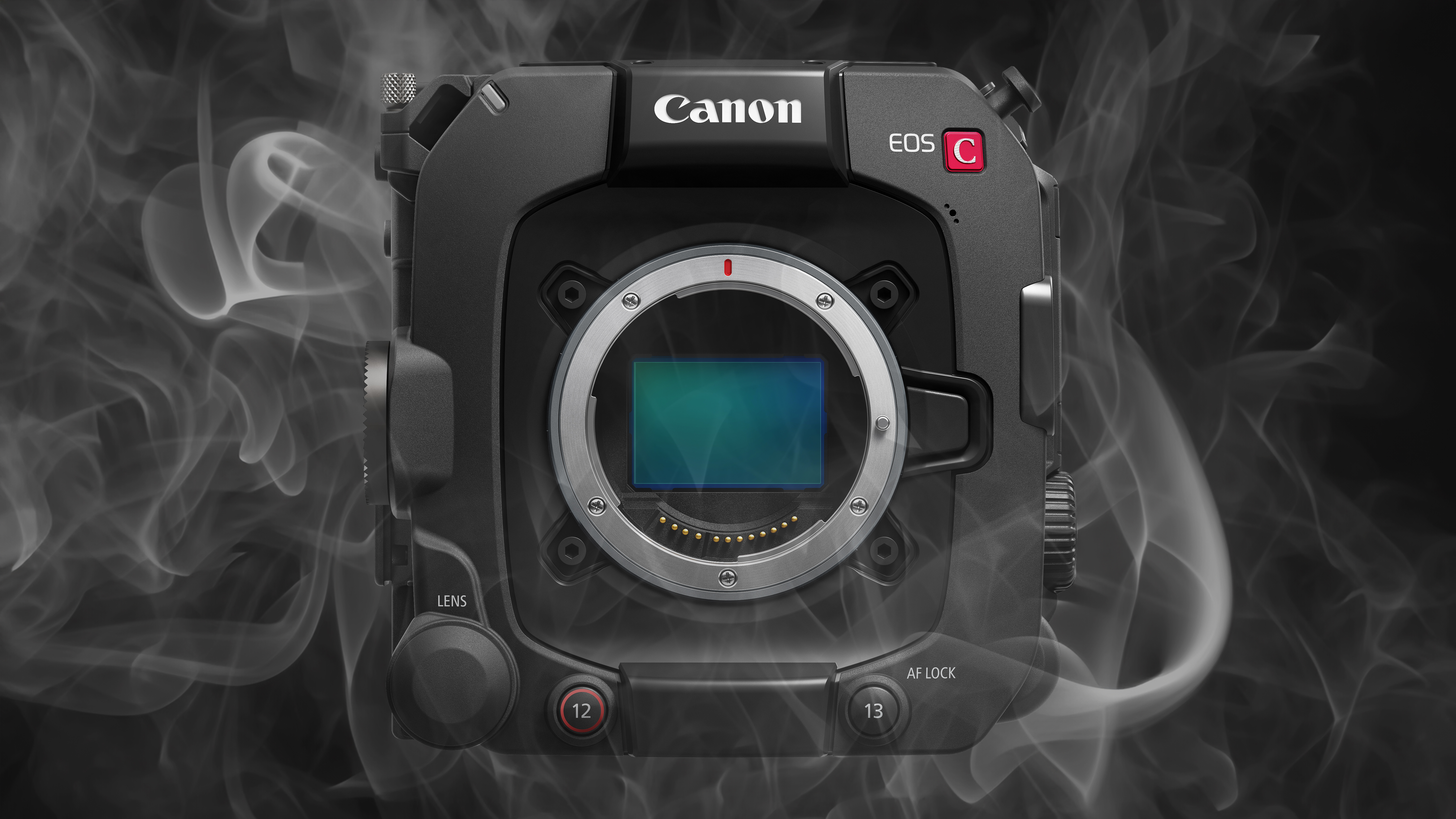Digital Camera World Verdict
The Canon RF 85mm f/1.2 is massively expensive and specialised, but it does everything you’d hope and more. Its image quality wide open is quite superb, and the autofocus performance can deliver sharp ‘eye’ shots time and time again, even with the razor-thin depth of field at f/1.2. We can’t really mark it down for its price because it’s designed to be good, not cheap, so it all depends on how much you want one…?
Pros
- +
Stunning quality wide open
- +
Fast autofocus response
- +
Great hit rate of sharp ‘eye’ shots
- +
Build quality and operation
Cons
- -
No image stabilisation
- -
Pretty big and heavy on an EOS R body
- -
That price will sting!
Why you can trust Digital Camera World
The Canon RF 85mm f1.2L USM is the perfect portrait lens, combining a fast f/1.2 maximum aperture for soft background blur, with the 85mm focal length reckoned to give the best balance between flattering facial perspectives and a useful working distance.
Canon says its new lens is also suited to street photography and low light photography, though it’s likely to be categorised solidly as a ‘portrait’ lens by most photographers. It's the wrong mount to go in our best Canon lens guide, which is for Canon EOS DSLRs, but it's an important addition to the Canon RF lens roadmap.
That f/1.2 lens aperture is quite something. It’s roughly half a stop faster than the f/1.4 maximum aperture commonly seen in portrait lenses, and it joins the other ultra-fast prime lens in the EOS RF range, the Canon RF 50mm F1.2 L USM. (We were also impressed by the Canon RF 28-70mm f/2L USM.)
The special interest for Canon owners is that Canon has a particular history with fast portrait lens in its DSLR line-up, notably the old but legendary 85mm f/1.2 and the more modern f/1.4.
So is this new lens better than both, and would it tempt a Canon owner to swap to the Canon mirrorless camera system just to get one? To find out, we enlisted the help of a pro Canon portrait photographer Dan Pearce, who has owned and used both of those DSLR lenses.
There is, incidentally, another RF 85mm lens to come later in 2019, a special DS (Defocus Smoothing) lens which softens the bokeh ‘discs’ in blurred backgrounds – this is likely to cost more, and will bring a loss in light transmission of around 1.5 stops. This is normal for lenses with this kind of adaptation.
• Best Canon RF lenses for EOS R and EOS RP
The best camera deals, reviews, product advice, and unmissable photography news, direct to your inbox!
Specifications
Full-frame compatible: Yes
Effective focal length: 85mm
Image stabiliser: No
Minimum focus distance: 0.85m
Max magnification factor: 0.12x
Manual focus override: Yes
Focus limit switches: Yes
Internal zoom: N/A
Internal focus: Yes
Filter size: 82mm
Iris blades: 9
Weather seals: Yes
Supplied accessories: Hood, pouch
Dimensions: (Dia x Length): 103.2 x 117.3mm
Weight: 1195g

Features
This is one of Canon’s prestigious L-series lenses, and it has thrown everything at it to make it the best it can possibly be. The headline spec is the f/1.2 maximums aperture, but the optical design inside is just as exotic. The new lens uses Canon’s cutting edge BR (Blue Spectrum Refractive) glass material to “negate” color aberrations, and an aspheric element to eliminate the spherical aberration in ultra-wide-aperture lens designs.
Unusually, this is a group aspheric element, a much more time consuming and expensive process than the ‘glass-moulded’ aspheric elements usually used in modern lens manufacture.
Other optical enhancements include a UD (ultra-low dispersion) element and Canon’s ASC Air Sphere coating. The 85mm f/1.2 also has fluorine coatings on the front and rear elements to help protect against dust, moisture and scratches.
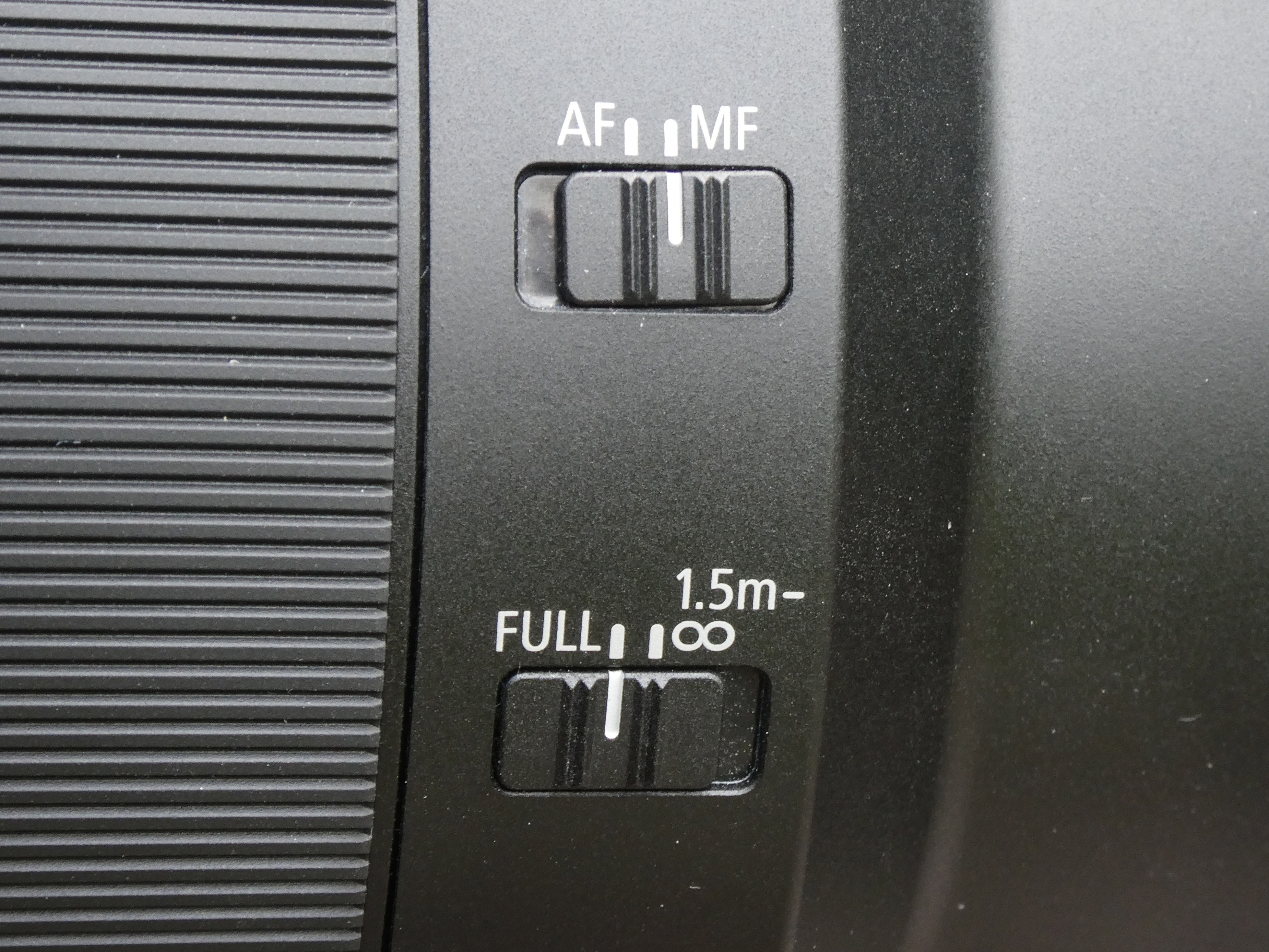
Build and handling
This is one of Canon’s premium L-series lenses, so it comes with weather-sealing as standard. The build quality feels typically excellent for an L-series lens, though it’s pretty big and heavy at almost 1.2kg. This wouldn’t be a problem on a big and chunky DSLR, but Canon’s RF bodies are designed to be smaller and lighter, and fitted to an EOS R the 85mm does give it a pretty front-heavy feel. The EOS R does have a good, deep grip, though, and with the extra support of a shoulder/neck strap, this combination’s not particularly tiring to carry round and use.
The customisable control ring is an interesting addition, but it could take a while for photographers to work out a use for it, since most lenses are ‘dumb’, with camera settings adjusted on the camera body. This ring can be used to adjust shutter speed, lens aperture, EV compensation and ISO settings.
Performance
Canon’s old 85mm f/1.2 lens was so slow as to make accurate focus quite tricky, but this new RF version has no such problems. The ring-type USM autofocus is really fast, and the EOS R’s eye AF is extremely effective. With the ‘old’ lens it was a challenge getting eyes in focus even with static subjects, as the slightest sway or movement by the photographer could throw out the focus.
There’s no such problem here – especially if you switch to Servo AF. In fact, the EOS R and RF 85mm f/1.2 delivered a 100% hit rate of sharp eye focus when we tested it against a subject walking directly towards the camera. Given the extremely shallow depth of field wide open, that’s very impressive.
So is the optical quality. Our lab tests show that the resolution falls off towards the edges of the frame, but that’s not necessarily a problem in a lens designed for portraits, and the resolution in the centre of the frame is spectacular, even wide open at f/1.2.
What’s not obvious from the lab results is that the contrast stays sky-high at f/1.2 as well, giving wide-open shots a stunning clarity and ‘pop’. There’s also no visible chromatic aberration, another key feature in a lens like this – lateral chromatic aberration (sharp fringes around object edges) is easy enough to fix in software, but axial chromatic aberration (colour fringing in blurred outlines) can only be fixed with expensive optical designs, and Canon’s BR lens technology certainly seems to have done its work here.
Lab tests
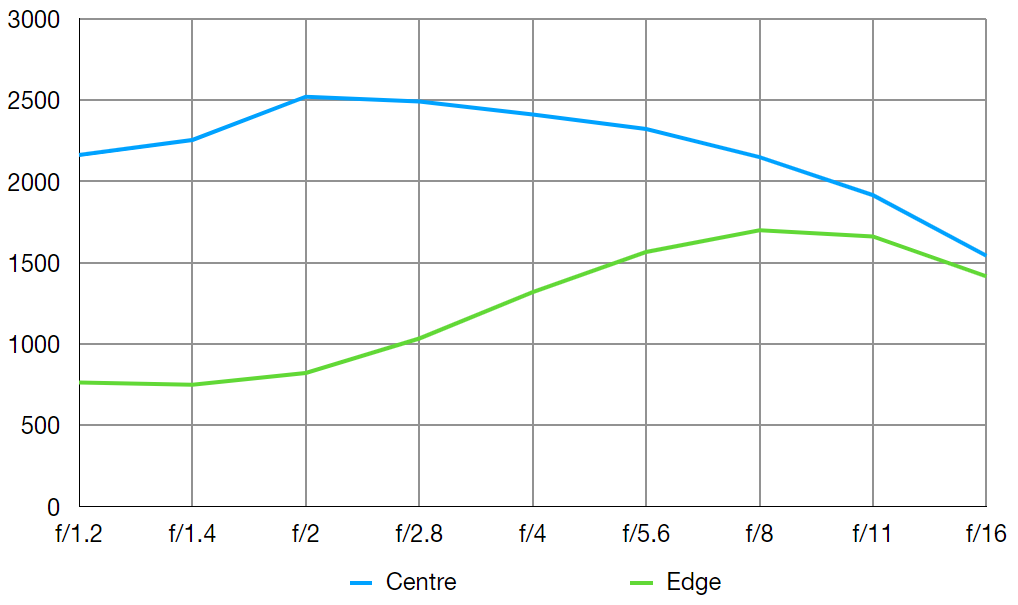
Resolution
The centre sharpness of this lens is excellent, but our lab tests did reveal its Achilles heel – edge sharpness. Centre sharpness is superb throughout the aperture range, and even wide open at f/1.2. Corner sharpness is relatively disappointing though, especially up to f/4. However it's worth noting that as a lens designed for portraiture, background bokeh quality will usually be more desirable than corner sharpness.
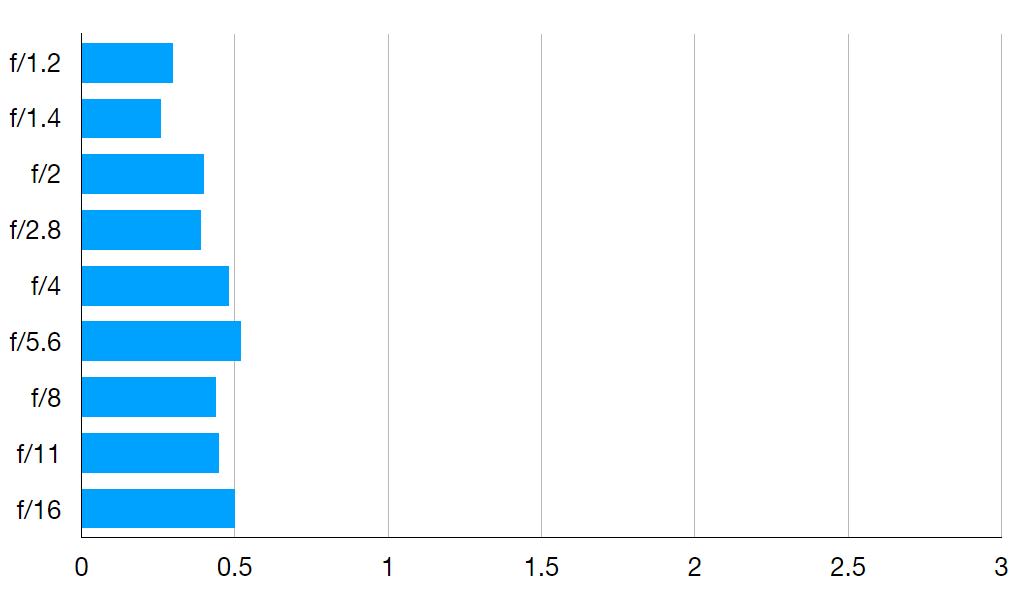
Colour fringing
As you'd expect for a high quality prime lens, fringing is very well controlled at all apertures. Our measurements are taken with all in-camera lens corrections disabled, so in daily shooting you're unlikely to see any aberrations at all.
Distortion figure: -0.14
This distortion figure is so low that it wouldn't show up on our distortion chart, and it has no practical significance in everyday photography.
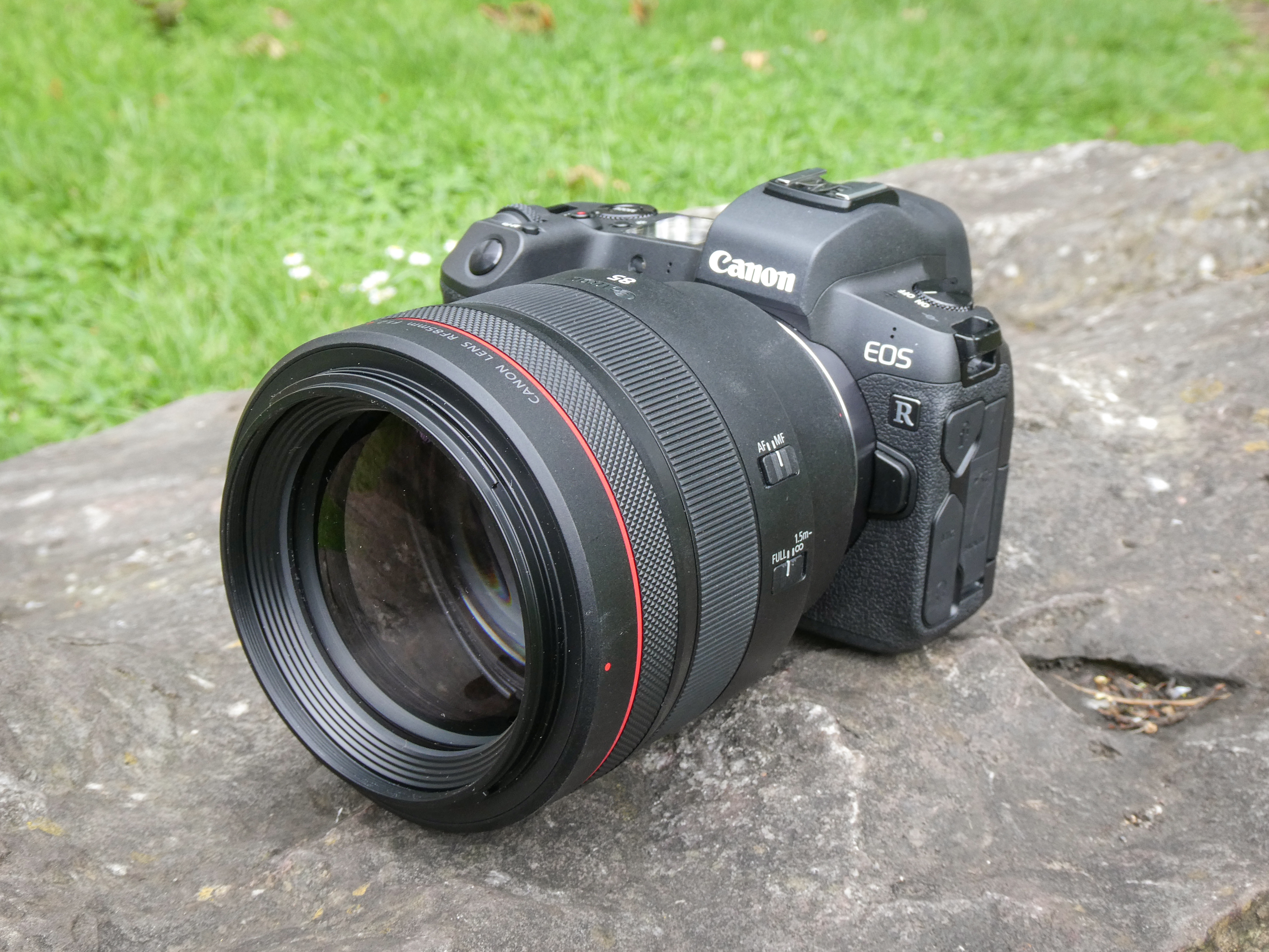
Verdict
The new Canon RF 85mm f/1.2 doesn’t just beat Canon’s old 85mm f/1.2 DSLR lens, it also beats the new EF 85mm f/1.4, especially for wide-open sharpness and contrast. Dan is an EOS 5D Mark IV users and has both DSLR lenses, but by the end of this test he was looking seriously at Canon’s mirrorless system when he never was before. It’s not bad if one lens can do that!
The one thing this lens does not have is image stabilisation – and the EF 85mm f/1.4 DSLR lens does – but otherwise the Canon RF 85mm f/1.2L USM is just brilliant. Its optical quality wide open and its responsive autofocus make it Canon's most effective wide-aperture portrait lens yet.
Read more:
• Canon RF lens roadmap
• Best Canon lenses you can get right now for your EOS DSLR
• Best Canon cameras for beginners, enthusiasts and pros

Rod is an independent photography journalist and editor, and a long-standing Digital Camera World contributor, having previously worked as DCW's Group Reviews editor. Before that he has been technique editor on N-Photo, Head of Testing for the photography division and Camera Channel editor on TechRadar, as well as contributing to many other publications. He has been writing about photography technique, photo editing and digital cameras since they first appeared, and before that began his career writing about film photography. He has used and reviewed practically every interchangeable lens camera launched in the past 20 years, from entry-level DSLRs to medium format cameras, together with lenses, tripods, gimbals, light meters, camera bags and more. Rod has his own camera gear blog at fotovolo.com but also writes about photo-editing applications and techniques at lifeafterphotoshop.com
